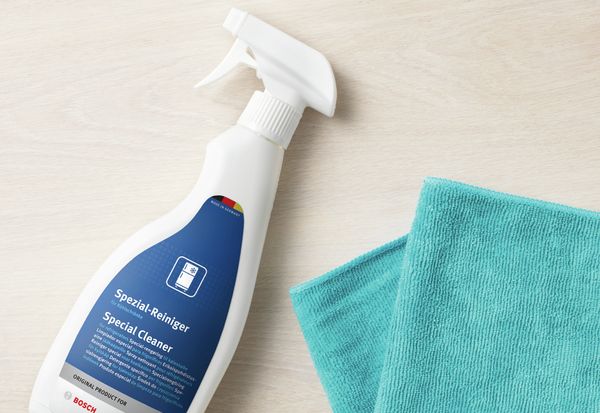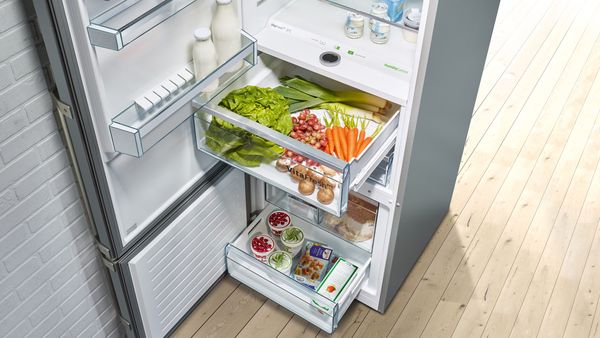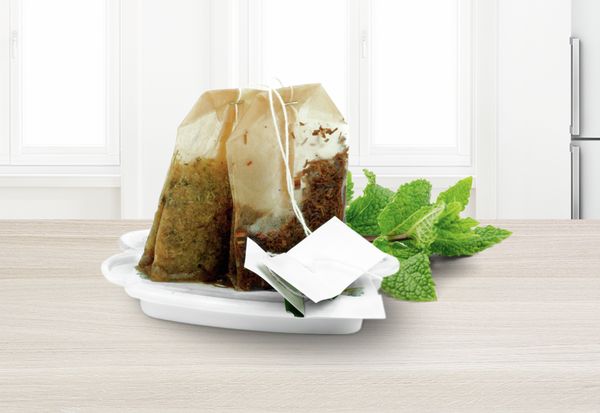Neutralising bad odours can be challenging sometimes, as even after a thorough clean the smell can still linger around. It’s important to address this issue as early as possible, since bacteria thrives in places where moisture levels are high, such as the fridge. The good news is that there are plenty of ways to neutralise smell and prevent bacteria build up. Follow our top tips below, and restore the clean freshness in your fridge in no time!
Clean thoroughly

Ensuring the appliance is clean is the first step towards neutralising unpleasant odours. Start by removing all items from your fridge, checking for items which may have been left behind even after their expiration date. Ensure that you also take out the shelves and drawers, and give them a soapy water bath, before placing them back in. Wipe down any jars or containers which may have food residue on them.
Everything you need to properly clean your fridge is less than you think:
- Microfiber cloth for effective cleaning.
- Non-abrasive brush to get inot hard-to-reach areas.
- Fridge cleaner to safely neutralise odours.
After you have soaked the shelves for at least 15 minutes, carefully remove any stubborn residue using the brush, then spray them with the fridge cleaner before wiping them down with a microfiber cloth. Repeat the same spray-and-wipe procedure inside and outside of the fridge. You can also read our full guide on cleaning the fridge by clicking here.
Properly store food

Organising your fridge properly goes a long way in preserving the nutrients and extending the lifetime of your food, which in turn can help prevent uninvited smells. Here’s our top tips on fridge organisation:
- Upper shelf (between 5° and 8°): Perfect for cooked foods, ready-to-eat meals, deli meats, baked items and leftovers - always make sure they are placed in an airtight container.
- Middle shelf (about 5°): Great for storing dairy products like milk, cheese and yoghurt.
- Lower shelf (close to 0°): The place to keep raw meat and fish - keep packaged or in a container to prevent leakage and cross contamination.
- Humidity drawer: Ideal environment for your vegetables and fruits to last as long as possible.
- Fridge door: Great for drinks, condiments and soft dairy, less ideal for dairy due to temperature fluctuations.
If you are looking for more tips, you can visit our blog post on organising your fridge properly by clicking here.
Use natural fresheners

Remember you can always use natural fresheners to keep fishy smells away from your appliance. What’s better is that you probably have the necessary items in your kitchen already! After cleaning your fridge thoroughly and ensuring that all food is stored properly, try out the below options for added freshness.
- Lemon – simply put half a lemon in your fridge or squeeze the juice into a glass and leave this on a shelf in your chiller compartment. Replace after a few days.
- Coffee – place some ground coffee in a bowl and add bicarbonate of soda or baking powder to the mix. Replace every month.
- Tea – let used tea bags dry and put them in a bowl in the refrigerator. All tea bags can be used, though peppermint tea bags work best. Replace occasionally.

